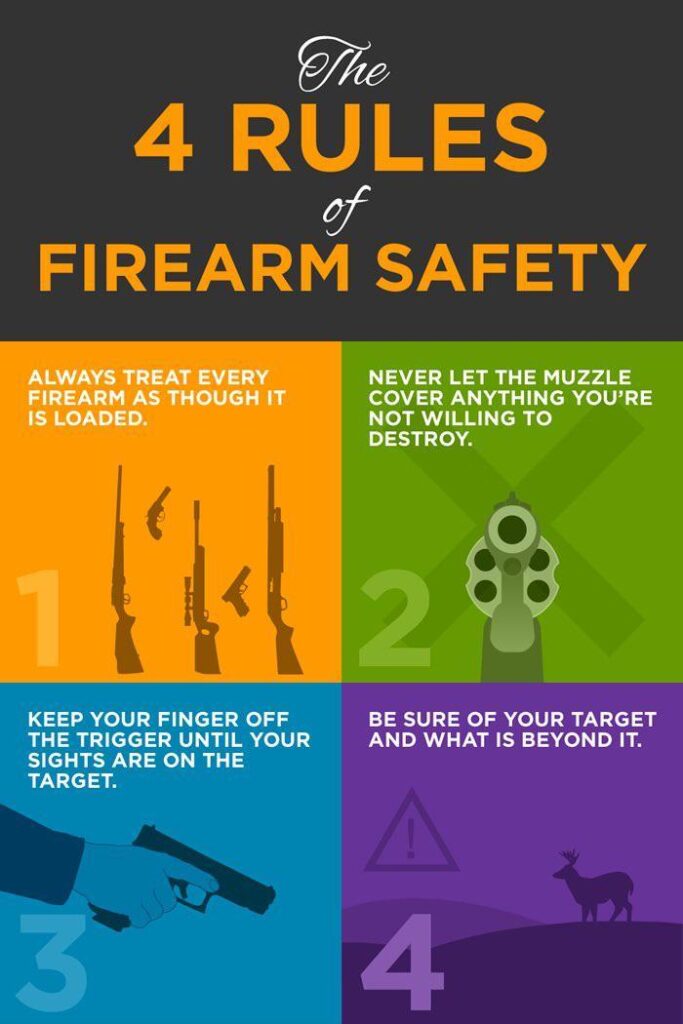Table of Contents
- Understanding Stun Gun Mechanics and How They Work
- Essential Precautions Before Handling Your Stun Gun
- Step-by-Step Guide to Safe Usage and Practice
- Maintenance and Storage Tips to Ensure Long-Term Safety
- To Conclude
Understanding Stun Gun Mechanics and How They Work
At the core of a stun gun’s effectiveness lies its ability to deliver a rapid, high-voltage, low-amperage electrical charge. This electrical pulse disrupts the body’s neuromuscular system, temporarily immobilizing an attacker by causing involuntary muscle contractions and disorientation. Unlike a traditional taser, which fires projectiles, stun guns require direct contact with the target’s body to transfer the electrical current. This makes understanding proper contact techniques critical for first-time users aiming to maximize both safety and efficacy.
Key mechanics to remember include:
- Voltage vs. amperage: High voltage is necessary to overcome clothing resistance, but low amperage ensures the shock is non-lethal.
- Pulse frequency: The stun gun emits rapid electrical pulses designed to disrupt nerve signals without causing permanent injury.
- Contact points: The device must maintain firm contact with the assailant’s body to be effective; skin contact is ideal but contact through minimal clothing can also work.
- Duration of shock: Brief pulses are generally safest and most efficient; prolonged application can increase risks for both user and target.
Essential Precautions Before Handling Your Stun Gun
Before you even consider grabbing your stun gun, it’s crucial to ensure you’re fully acquainted with its operation and safety protocols. Familiarize yourself with the user manual thoroughly-every model comes with specific features and risks. Never assume your stun gun works the same as another. Store it in a secure, easy-to-reach place that’s inaccessible to children or unauthorized individuals, and always verify that it’s fully charged or has fresh batteries before use.
Additionally, make it a habit to check the local laws regarding stun gun possession and use. Legal restrictions vary widely and violating them could lead to serious consequences. When handling the device, avoid placing your fingers or other body parts near the probes to prevent accidental shocks. Always keep the stun gun pointed away from yourself and others unless intended for self-defense scenarios. Using protective gloves and eye protection during practice sessions can also reduce the risk of injury.
- Review manufacturer guidelines and safety instructions
- Store away from children and unauthorized users
- Check local regulations on stun gun use
- Inspect device for damage before every use
- Practice handling with safety gear on
Step-by-Step Guide to Safe Usage and Practice
Before handling your stun gun, ensure it’s fully charged and in proper working condition. Familiarize yourself with the device’s safety switch, trigger, and range, always keeping the stun gun pointed away from yourself or others when not in use. When practicing activation, do so in a controlled, safe environment-preferably away from electronics and flammable materials. Remember, the goal is not to cause harm during practice but to build muscle memory for quick, confident deployment when needed.
Integrate these habits into your routine:
- Hold the stun gun firmly but comfortably, ensuring a strong grip without tension.
- Keep your finger off the trigger until ready to use, preventing accidental discharge.
- Practice target accuracy by aiming for the torso or thigh areas during dry runs.
- Wear protective clothing during training sessions to minimize shock impacts from close contact.
- Store your stun gun securely in a dedicated holster or lockbox when not in use.
Maintenance and Storage Tips to Ensure Long-Term Safety
Proper upkeep of your stun gun is critical to maintaining its reliability and ensuring your safety. Always clean the device regularly with a dry cloth, avoiding any liquids or harsh chemicals that could damage the internal components. Store your stun gun in a cool, dry place away from direct sunlight and extreme temperatures, which can degrade battery life and affect performance. Periodically check the battery charge, and replace or recharge it according to manufacturer guidelines to prevent unexpected failure during emergencies.
When it comes to storage, consider these best practices to safeguard both your stun gun and those around you:
- Secure storage: Keep the stun gun in a locked box or secured compartment, especially if you have children or unauthorized individuals at home.
- Avoid exposure: Prevent contact with moisture or dust by using protective cases designed specifically for stun guns.
- Regular inspections: Conduct routine checks for any visible damage, corrosion, or loose parts that might compromise functionality.
To Conclude
Whether you’re carrying a stun gun for personal protection or as part of your security routine, understanding how to use it safely is paramount. By following the tips outlined in this guide-from proper handling and storage to situational awareness and legal considerations-you’ll not only protect yourself but also those around you. Remember, a stun gun is a tool designed for defense, not aggression. Stay informed, stay prepared, and always prioritize safety first. Your peace of mind depends on it.Check Our Other Blogs
- StunGun – Your Trusted Source for Stun Guns, Laws, and Self-Defense Tips
- PepperSprayLaws – Your Trusted Resource for Pepper Spray Information
- StunGunLaws – Your Trusted Guide to Stun Gun Legality and Safety





